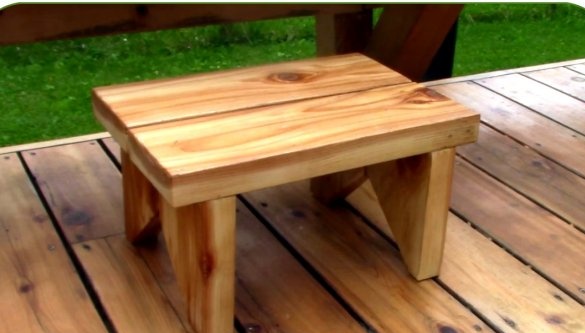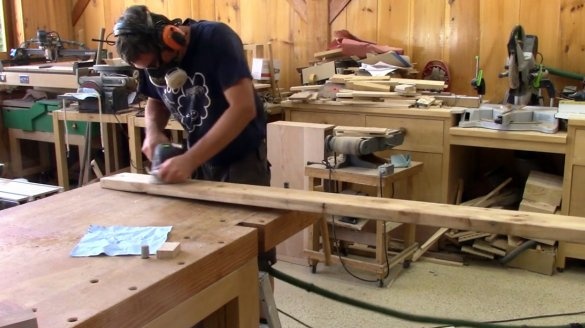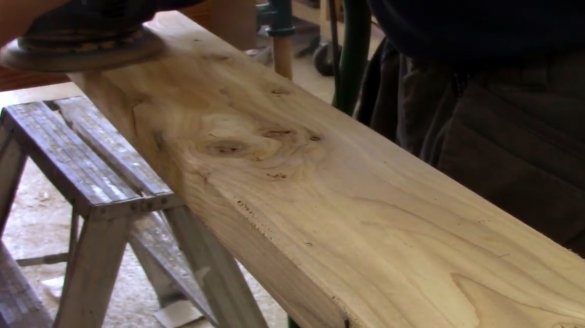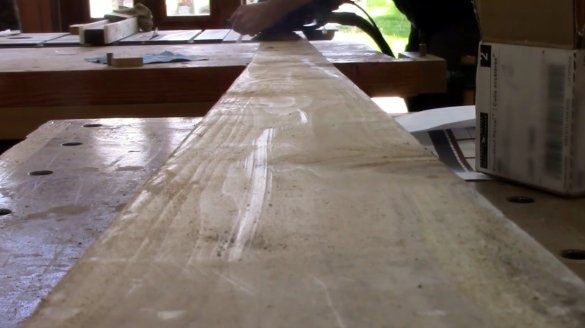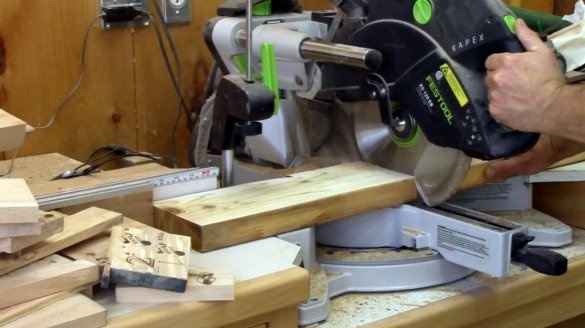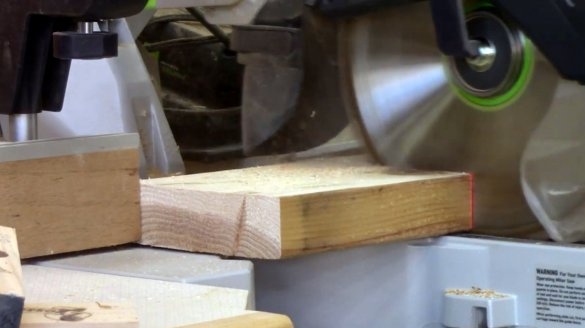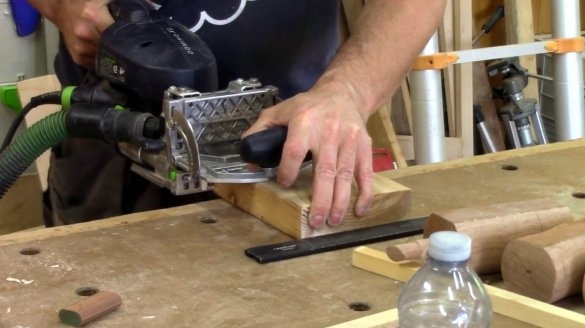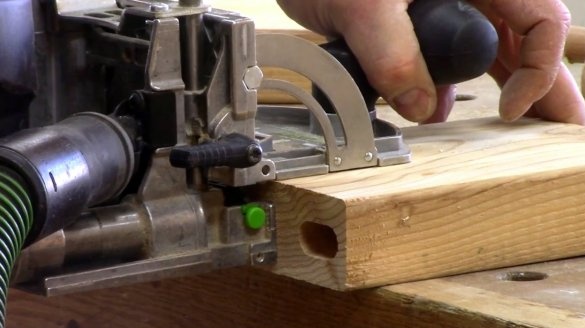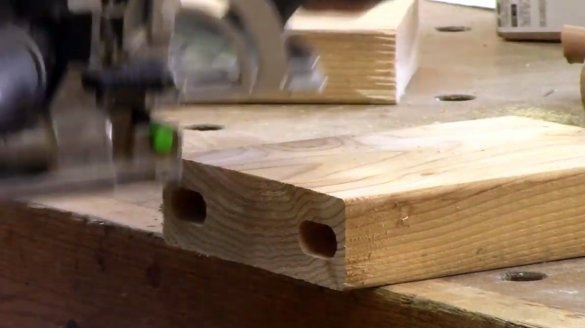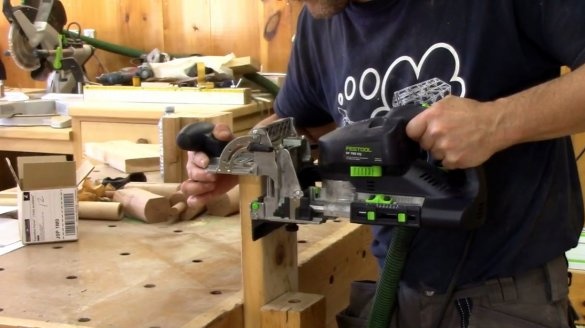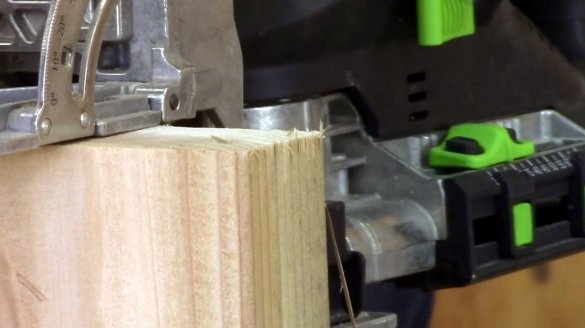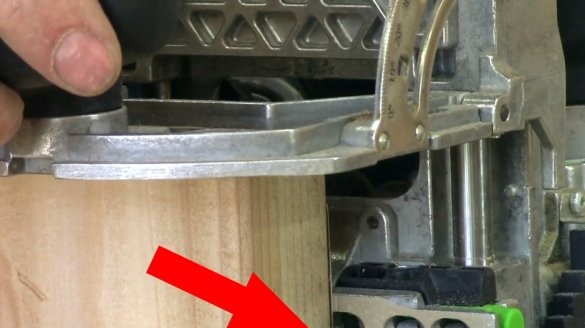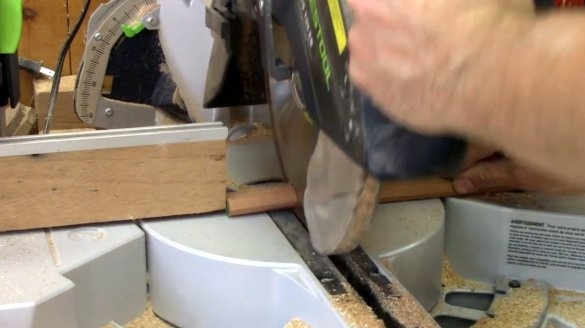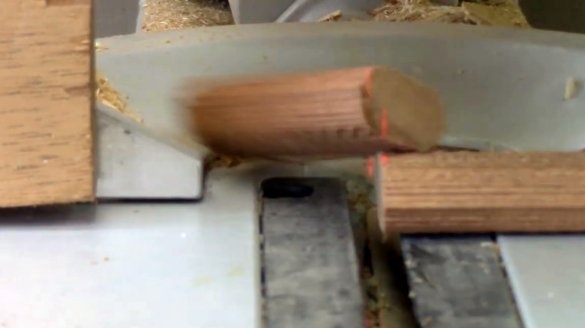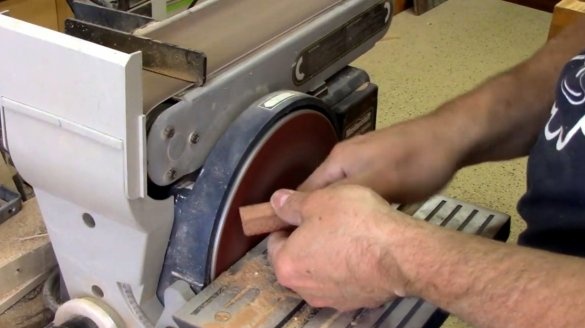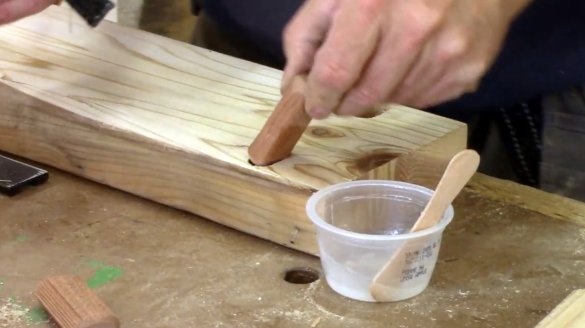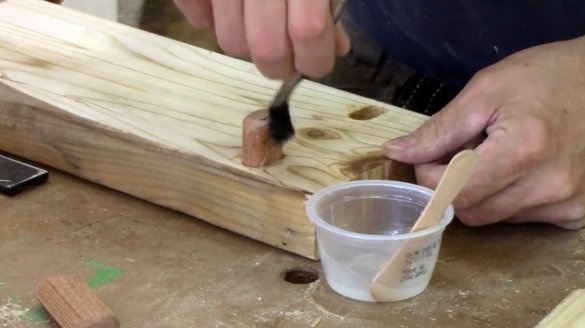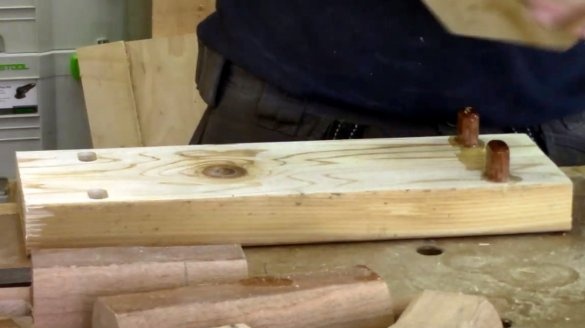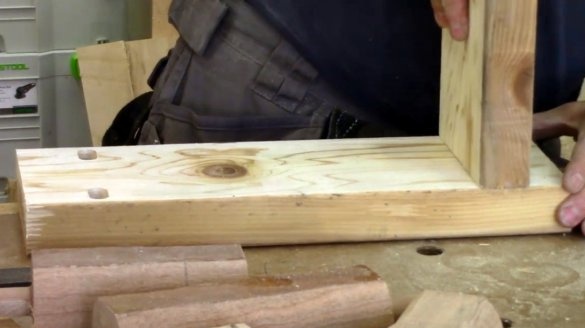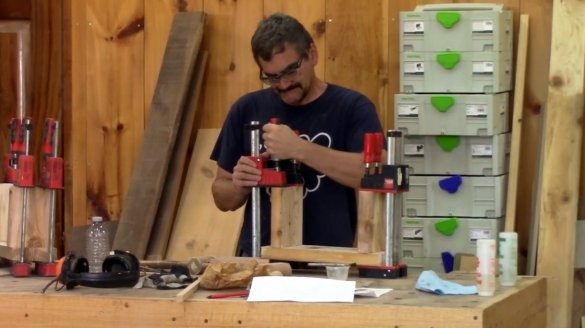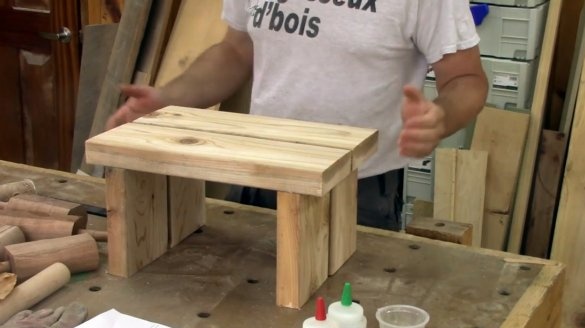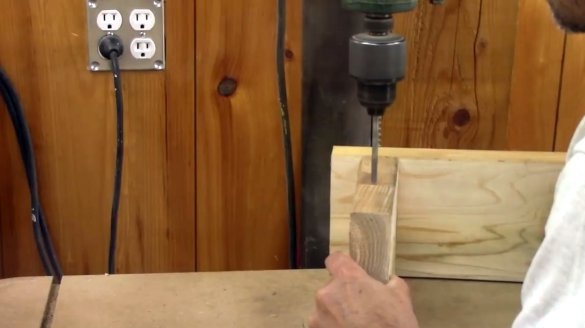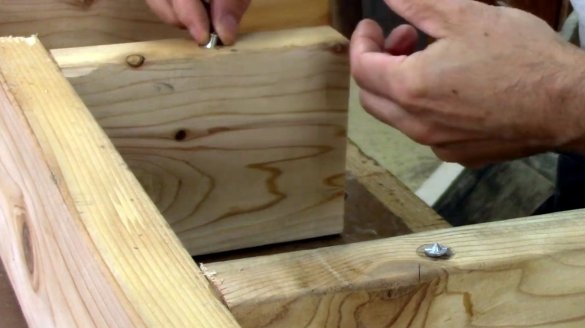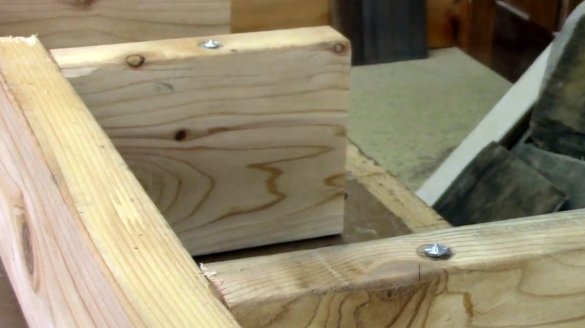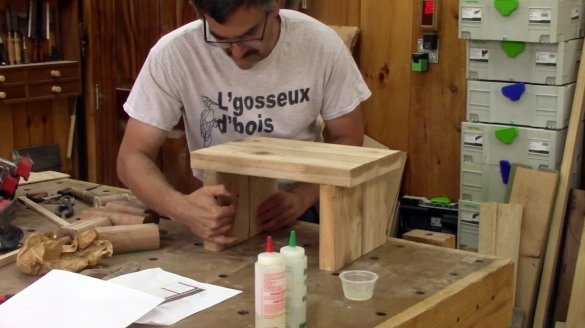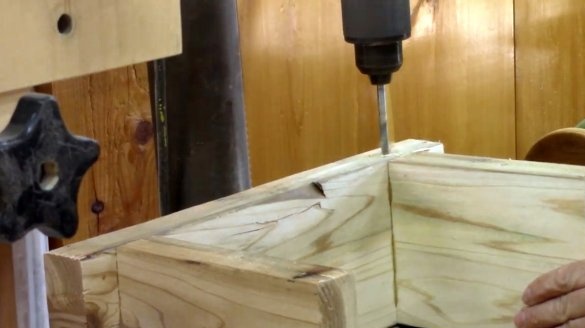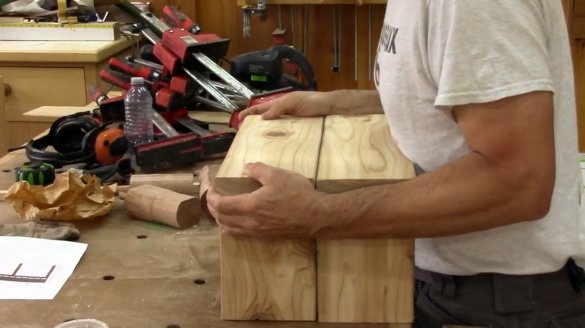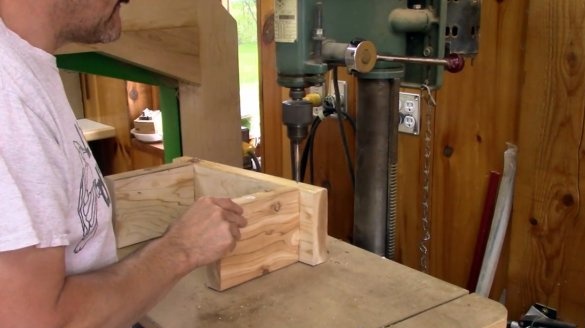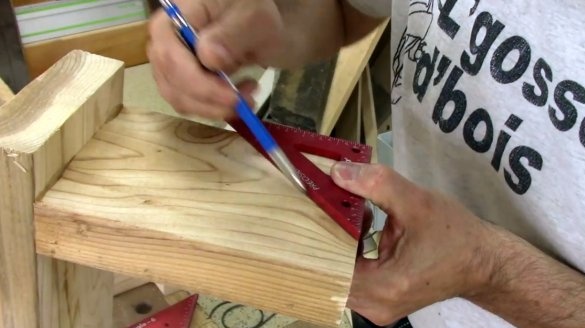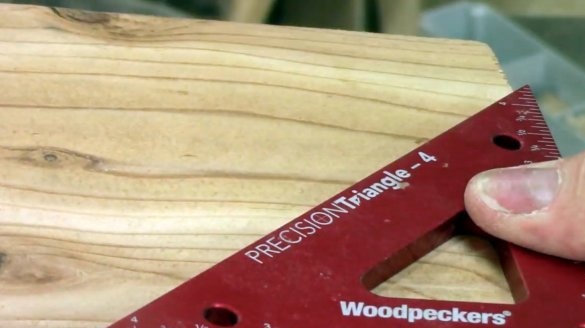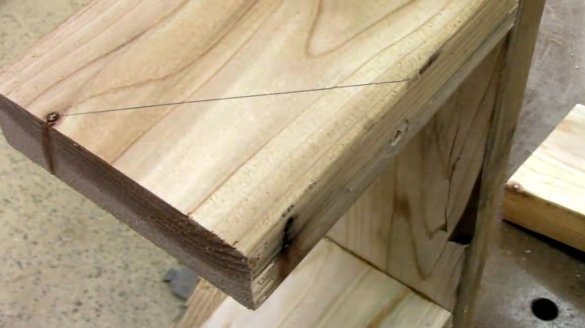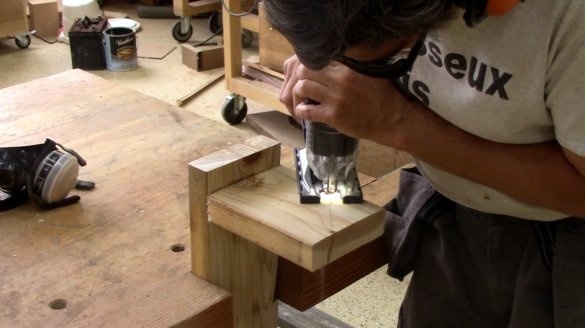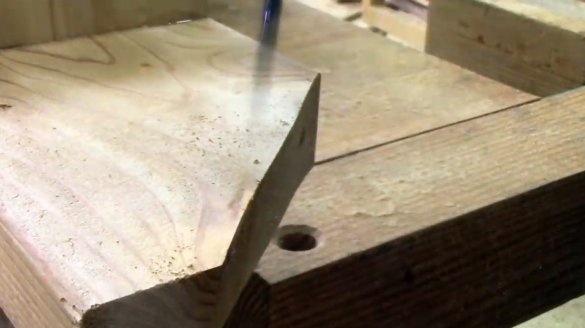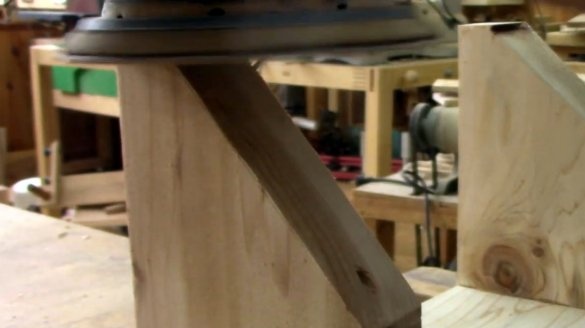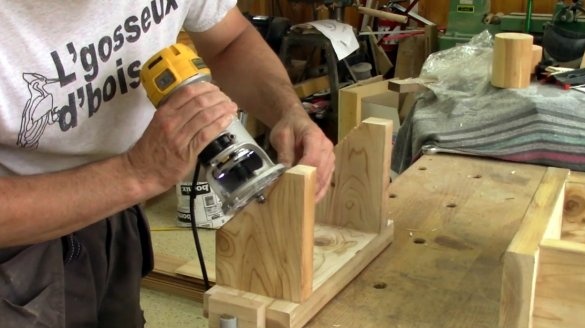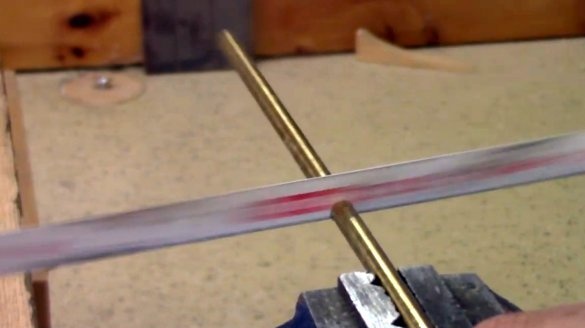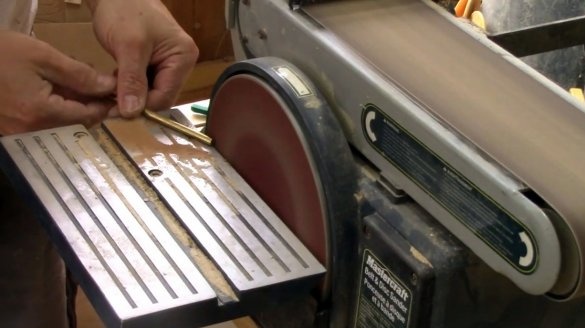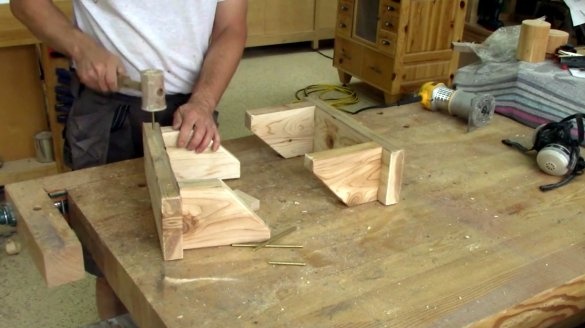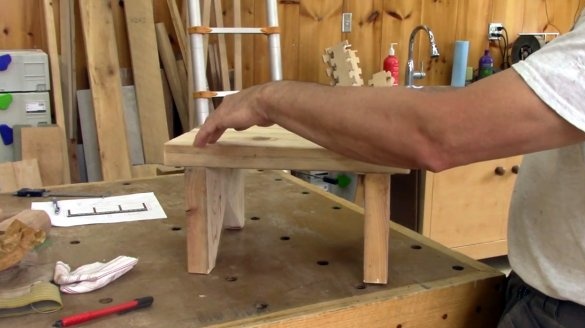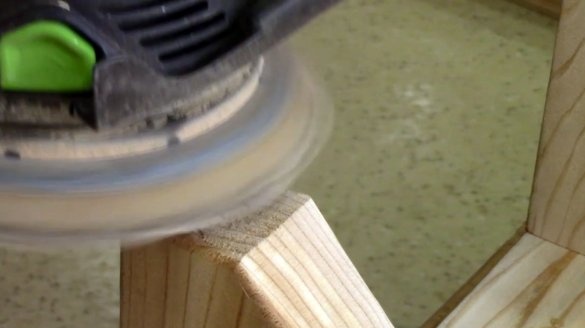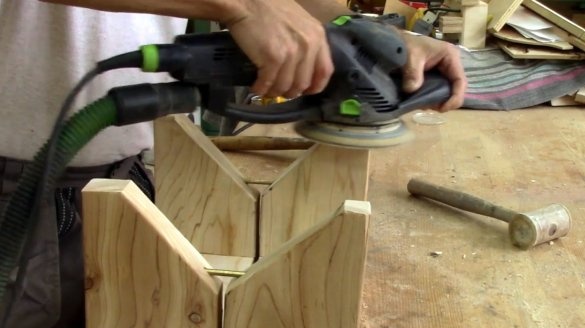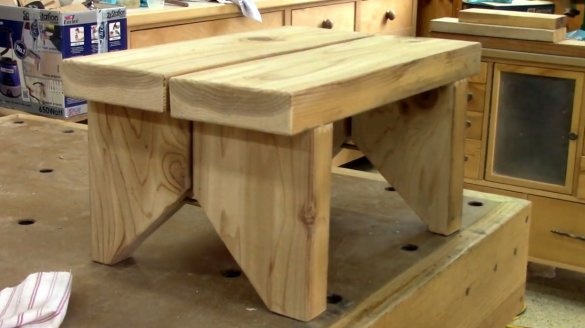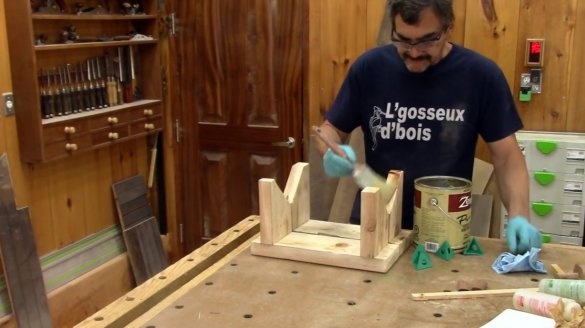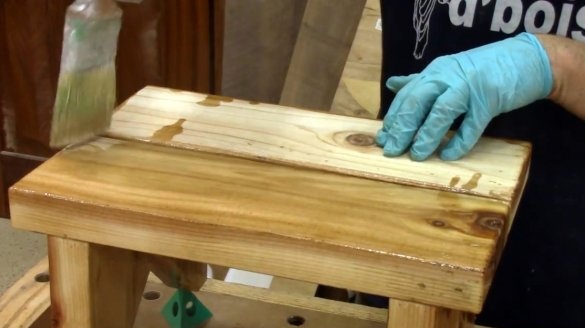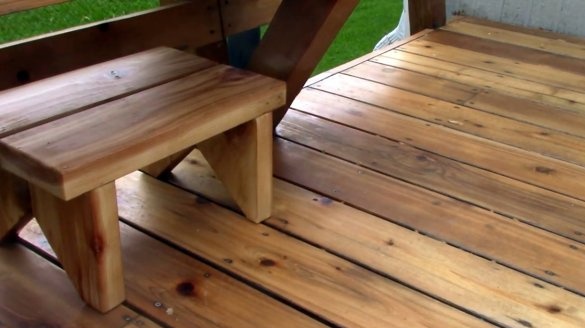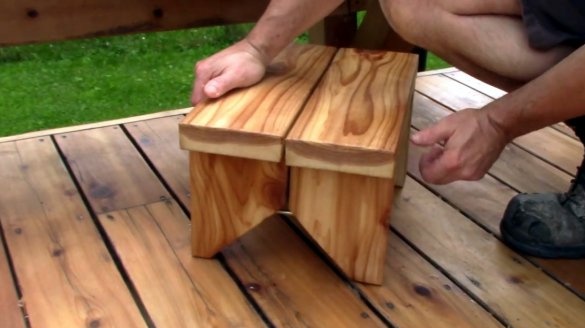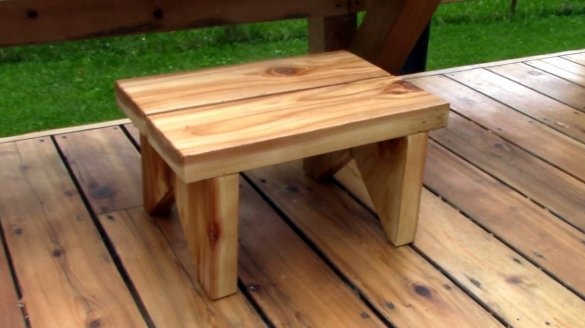In this article, the author of the Alain Vaillancourt YouTube channel will tell you how to make a small stand stool, which is simply an irreplaceable thing in the household - hang up the linen on the balcony, and take the thing off the high shelf, and just put tired legs on it, or sit down. You never know what else, you might need a dwarf stool.
Materials
- Brass bar
- Cedar boards
— Two-component acrylic adhesive
- Brass bar.
Instruments, used by the author.
— Orbital sander
— Manual frezer
— Radius Mill with Thrust Bearing
- Miter saw
- Multifunctional grinding machine
— Clamps
- Drilling machine
— Electric jigsaw
- Vise, hacksaw, mallet
- Square, ruler, pencil.
Manufacturing process.
Its copy will be made of cedar planks. Previously, the author carefully polishes all its surfaces using an orbital manual machine. Here, special accuracy is not required, although it can be processed using a jointer and a surface gage.
And then cuts six small segments on the miter saw.
With the help of a lamellar milling cutter he makes grooves under the connection "dominoes". This is the fastest and easiest way to join wooden elements, and also does not require special measurements.
The accuracy of the grooves is achieved thanks to this limiter at the bottom of the router.
When the grooves are ready, the dowels themselves are cut.
After cutting the material, the edges of the workpieces are slightly rounded with an orbital sander.
Now the author starts a small amount of quickly hardening epoxy, and lubricates the inner surface of the grooves, as well as the dowels themselves, trying to work quickly. It is better to start a separate amount of resin for each dowel.
The master puts the leg on the dowel, and properly presses it to the seat. And so he does with all four legs, and two seats.
Product details are additionally pulled together by clamps.
When the resin is fully polymerized, the master will combine the two halves of the stool into one. To do this, he drills two deep holes in the leg for a brass rod.
Then he inserts two steel cones into the holes, with the help of them he marks the second half of the stool leg, and also drills the counter holes in it.
Then he sets the limiter to a different depth and again makes holes already on the sides of the seat.
After that, he marks with a pencil those sections on the legs that will be cut.
An electric jigsaw will do just fine with this.
Then the ends are polished with an orbital machine.
With the help of a hand mill and a radius mill with a thrust bearing, all sharp edges are rounded.
Next, the author cuts out sections of a brass rod with a usual hacksaw, and grinds their sharp edges on a grinding machine.
Finally, both halves of the stool are joined together, connecting with brass rods to each other.
The product is almost ready, but it sways a little.
The author quickly corrects the defect by grinding the legs with an orbital sander.
Now it remains to apply a couple of layers of the topcoat. It can be both acrylic varnish, linseed oil, and ordinary drying oil.
I thank the author for the simple but useful device for home, workshop, or the garage!
Of course, this homemade product can be made to fit your needs.
All good mood, good luck, and interesting ideas!
Author video can be found here.

